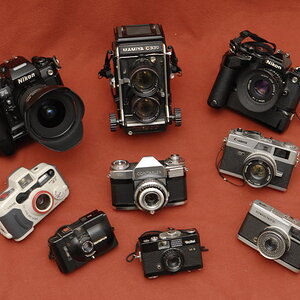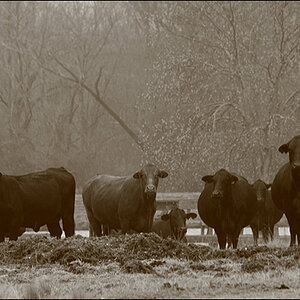curveshooter
TPF Noob!
- Joined
- Jul 16, 2012
- Messages
- 35
- Reaction score
- 2
- Can others edit my Photos
- Photos OK to edit
I don't see how entry level DSLR's will survive given the proliferation of MILCs. I bought a Nikon D3100 this summer as my first step up from point-n-shoots. At the time, I didn't even realize MILC's existed - perhaps due to a weak marketing push in a US ILC market and US consumer mindset thoroughly dominated by Canikon. I received a trade offer on the Nikon that I couldn't refuse (non-photography related), and figured I'd step up to the D5100. But this time I stumbled upon MILCs - not due to marketing or store presence, but because I was at a party and someone was using a MILC. And it was a no-brainer to ditch the mirror, bulk and weight.
I can't imagine there are many consumers that fall into the entry level DSLR target demographic for whom a MILC wouldn't be more appealing. Thoughts?
I can't imagine there are many consumers that fall into the entry level DSLR target demographic for whom a MILC wouldn't be more appealing. Thoughts?







![[No title]](/data/xfmg/thumbnail/42/42017-05f80a89ca2890969b5dc7cc47872581.jpg?1619739979)


![[No title]](/data/xfmg/thumbnail/33/33436-1304fb294d2141a65ae8309383a3e52a.jpg?1619735968)

![[No title]](/data/xfmg/thumbnail/37/37490-9848752f4de5e403f7f20db193e0fb64.jpg?1619738111)

